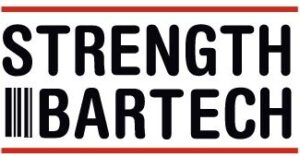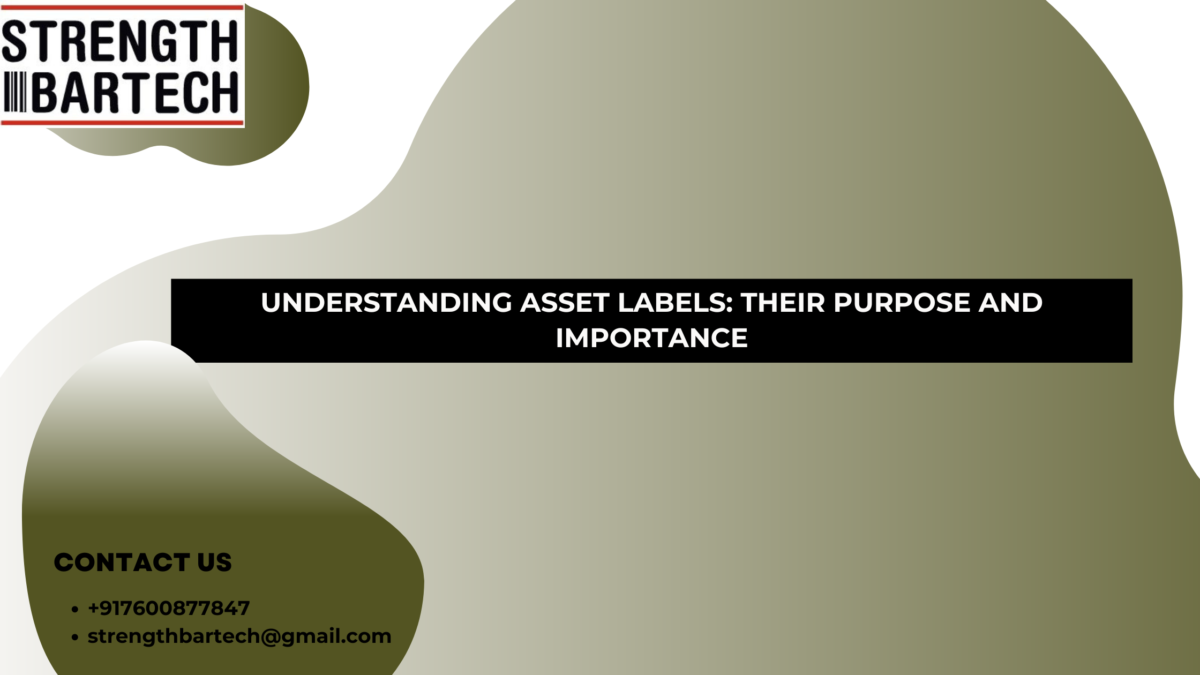Asset labels, also known as asset tags, serve to identify a wide range of physical assets, including equipment, tools, racks, and machines. These tags typically feature serial numbers or barcodes for identification purposes. They often come with adhesive backing and are constructed from materials such as anodized aluminum, laminated polyester, vinyl, or foil. The durability of the asset label directly impacts the ease of asset identification, tagging, and tracking for organizations.
Varieties of Asset Labels
Asset labels come in a variety of materials and sizes to ensure optimal matching with the asset they are intended for. The most common types of asset labels include foil, anodized aluminum, polyester, and vinyl.
- Foil Asset Labels: These premium labels are crafted from anodized aluminum face stock and feature a high-performance permanent pressure-sensitive adhesive. They are suitable for indoor or outdoor asset tracking and include barcode and printed information that remains legible throughout the asset’s lifespan. Foil asset labels adhere to metals, plastics, and textured surfaces, and are resistant to chemicals, abrasion, and solvents.
- Aluminum Asset Tags: Top-quality aluminum asset tags offer exceptional durability for both indoor and outdoor environments. Made from thicker anodized aluminum face stock, these tags typically feature the company name, asset number, and barcode information. They can be affixed with a high-performance permanent pressure-sensitive adhesive or holes for attachment with rivets or screws. Aluminum asset tags are designed to bond permanently to various surfaces and resist chemicals, abrasion, and solvents.
- Premium Polyester Asset Labels: These labels are manufactured with gloss polyester face stock laminated with clear polyester film and a general-purpose permanent pressure-sensitive adhesive. They are ideal for use on high and low surface energy plastics, slightly textured, or contoured surfaces. Premium polyester asset labels resist general purpose and household cleaners, mild acids, oil, and water, with an expected exterior life of up to two years.
- Tamper-Evident Asset Labels: Designed to prevent tampering or unauthorized transfer of assets, these labels leave the word “void” on the surface when removed. They bond to various surfaces and resist general purpose and household cleaners, mild acids, oil, and water.
- Destructible Vinyl Asset Labels: Constructed from vinyl face stock, these labels break apart when removed from the asset surface, discouraging unauthorized transfers. They adhere to various surfaces and are suitable for textured and contoured surfaces, powder coatings, and slightly oily metals.
- Removable Asset Labels: These labels are designed for short-term applications and can be cleanly removed or repositioned easily. They are commonly used for chemical drums, shipping containers, shelves, parts, and short-term asset-tracking applications.
FAQs
Q1. What are asset labels used for?
A1. Asset labels are used to easily monitor inventory and assets, schedule routine maintenance, and avoid lost items.
Q2. How do I choose the right type of asset label for my application?
A2. Consider factors such as the environment (indoor or outdoor), surface type, durability requirements, and any specific features needed (such as tamper-evident or removable).
Q3. Can asset labels be customized?
A3. Yes, many companies offer customization options for asset labels, allowing you to include company logos, serial numbers, barcodes, or other information as needed.
Q4. Are asset labels suitable for outdoor use?
A4. Yes, certain types of asset labels, such as foil and aluminum tags, are designed to withstand outdoor environments and harsh weather conditions.
Q5. How long do asset labels typically last?
A5. The lifespan of asset labels depends on factors such as material quality, environmental conditions, and usage. Premium labels can last several years, while others may have a shorter lifespan.
Q6. Do asset labels leave residue when removed?
A6. It depends on the type of adhesive used. Some labels are designed to leave minimal or no residue when removed, while others may leave behind adhesive residue that can be cleaned.
Q7. Can asset labels withstand harsh environments?
A7. Yes, certain types of asset labels, such as aluminum and premium polyester labels, are designed to withstand harsh environments, including exposure to chemicals, abrasion, and extreme temperatures.
Q8. Are asset labels tamper-evident?
A8. Yes, tamper-evident asset labels are available. These labels leave behind a “void” message when removed, indicating tampering or unauthorized removal.

